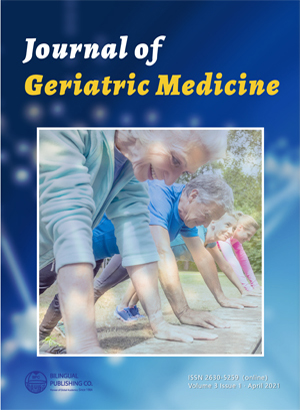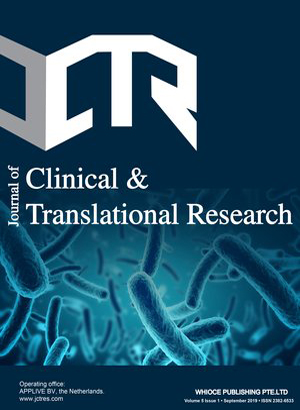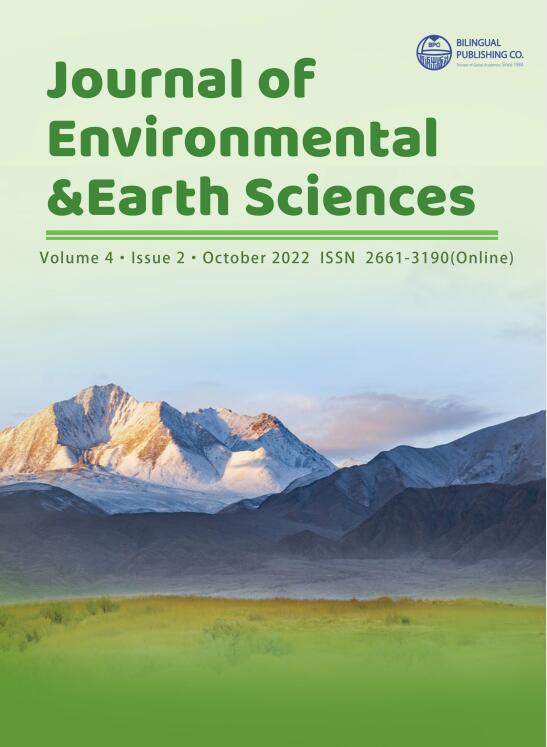How to mark references in articles
Source: Bilingual Publishing By: Hathli Updata: 09-07-2021
How to mark references when publishing articles is a problem that many people are concerned about. I present examples of references below. If it helps you, please pay more attention to us.At present, we are collecting the academic articles of next issue.We will implement a fee reduction policy for excellent manuscripts.we can provide you with quality publishing services.Please contact me if you are interested 。Email:jgr-a@bilpublishing.com
Article Title : xxxxxxxxxxxxx
Auther Name : xx
Auther Name : xx
Auther Affiliation: xxxxxxxxxxxxx
Correspondence email: xxxxxxxxxxx@gmail.com
Abstract. Self-compacting concrete (SCC) mix designs demonstrate complexities in their mechanical properties due to natural compounds of the material and the diversity and abundance of factors that affect the properties. In this paper, a set of SCC mix designs is made using silica quicksand (as a filler) instead of rock powder with other required materials. The tests of fresh concrete such as the slump flow, J-ring, V-funnel, L-box tests and the hardened concrete tests are investigated and considered. The test results are shown that, a high quality has been achieved for SCC mixture contains the quicksand and silica fume contents with low lubricant admixture dosage. The research is embodied the use of a branch of Artificial Neural Networks (ANN) as a quick and reliable method of such concrete experimental testing. The results confirm that the ANN technique can perform as a satisfactory algorithm to provide speedy prediction of optimum silica quicksand content must be added prior to SCC mix design. Carry out experiments are usually costly and time consuming, therefore, the proposed algorithm can be used as an approximate method.
Keywords: Quicksand, density, Silica fume, Compressive strength, Mechanical properties and artificial neural network (ANN).
1. Introduction
Self-Compacting Concrete or SCC was carried out by Okamura for the first time in late 1980 in Japan for earthquake-prone buildings that were located in areas with a high density of reinforcement [1, 2]. Recently, this type of concrete is widely applied in many countries in order to vary the shape of the structure has been used.
Self-Compacting Concrete or SCC is treated as a mix of lubricant admixtures such as rock powder, silica fume (SF), fly ash (Fly-Ash) and superplasticizer (SP) contents and a very low water to cement ratio. Granulometry and heat treatment have been optimized to obtain excellent mechanical and durability properties. Starting point of the SCC mix design is the packing theory. These types of concrete are very smooth and without undergoing any significant separation that can be spread readily into place and fill the framework without any consolidation, thus SCC mixes, which requires less-skilled workers, in construction's development can be found [3].
The strength and durability of SCC as the main criteria for success are the properties of fresh concrete mixes, but it is much wider than conventional concrete is compacted by vibration. In general the relation between compacting and mechanical properties of concrete is known, and usually a granulometric curve of the solid components such as gravel, sand, filler (rock powder, fly ash and silica fume) and cement is selected. These mixes are extensively tested, both in fresh and hardened states, and meet all practical and technical requirements such as a low cement and admixtures [4].
However, SCC mixture should maintain continuity and no separation between aggregate grains occur. The Japanese method suggest that the coarse aggregate content in the SCC mix corresponds to generally fixed at 50 percent of the total solids volume, the fine aggregate content is fixed at 40 percent of the mortar volume and the water /powder ratio is assumed to be 0.9-1.0 by volume depending on the properties of the powder and the SP contents. In many countries, the Japanese method has been adopted and used as a first step for training on the development of the SCC mix design [5].
References
[1] Okamura, H. (1997), Self-compacting High-Performance Concrete, Concrete International, 19(7), 50- 54.
[2] Nagamoto, N. and Ozawa, K. (1997), “Mixture properties of self- compacting, high-performance concrete”, Proceedings of Third CANMET/ACI International Conferences on Design and Materials and Recent advances in Concrete Technology, SP-172, V. M. Malhotra, American Concrete Institute, Farmington Hills, Mich., 623-637.
[3] Okamura, H. and Ouchi, M. (1999), “Self-Compacting Concrete—development, present, and future”, Proceedings of 1st International RILEM Symposium on Self-Compacting Concrete, Stockholm, Sweden.
[4] Okamura, H. and Ouchi, M. (2003), “Self-compacting concrete”, J. Adv. Concre. Technol., 1(1), 5-15.
[5] Brouwers, H.J.H. and Radix, H.J. (2005), “Self-compacting concrete: theoretical and experimental study”, Cem. Concre. Res., 35 (1), 2116 – 2136.
Tags:







